The European Union (EU) is a unique economic and political union between 27 European countries. They work together to improve the lives of people in Europe, and even further afield.
The EU has worked for the peace, prosperity and well-being of its citizens for over 60 years. From six founding countries – or Member States – in the 1950s, it has grown into a union of 27 countries with a population of almost 450 million people.
What started as an economic project to help raise living standards in post-war Europe has led to the creation of the world’s largest single-market area, where people, goods, services and money can move freely. Over the decades, the EU has widened its scope to areas where cooperation between countries brings better results. The countries that belong to the EU believe that by working together they are stronger and better able to tackle today’s big challenges, such as climate change and the digital transformation of our society, and major health and security threats like the COVID-19 pandemic and Russia’s war of aggression against Ukraine.
This guide contains lots of useful information about the EU and what it does, and tips on where to get more information.
27
countries
449.2
million citizens
24
official languages
United in
Diversity
9
May Europe Day
347
million people who use the euro every day in 20 EU countries
While Europeans may speak different languages and have different traditions, they share the same set of values on which the EU was founded. These are respect for human dignity, freedom, democracy, equality, the rule of law and respect for human rights.
These values are set out in the EU treaties and in the Charter of Fundamental Rights of the European Union, which brings together all the personal, civic, political, economic and social rights enjoyed by people within the EU.

© Jacob Lund /Adobe Stock
In 2023, 13.9 million people in the EU were citizens of a different EU country from the one they lived in.
If you are a citizen of one of the 27 countries that make up the EU, you are also a citizen of the EU. This gives you some important extra rights, such as the freedom to move, live, work and study in any EU country and the right to vote and to stand as a candidate in local and European elections, even when living in another EU country.
You also have the right to make a petition to the European Parliament, to apply to the European Ombudsman and to write to any EU institution in one of the 24 official languages of the EU.
As well as protecting the rights of its citizens and people living in the European Union, the EU also promotes human rights and fair elections worldwide. Every year, the European Parliament awards the Sakharov Prize to an individual or organisation that fights for human rights and fundamental freedoms.
Living in the EU comes with some important rights and benefits, such as the following.
Find out more about your rights.
Thanks to the single market, people, goods, services and money can move around the EU’s 27 countries almost as freely as within a single country.
Twenty-five EU Member States and four non-EU countries – Iceland, Liechtenstein, Norway and Switzerland – belong to what is known as the Schengen area. This means you don’t have to show your passport when crossing the borders between these countries. Border controls within the Schengen area can exceptionally be reintroduced for a limited period if there is a serious threat to public safety or security.

Joined the EU in 1995
Population: 9.2 million
Part of the Schengen area
Currency: EUR
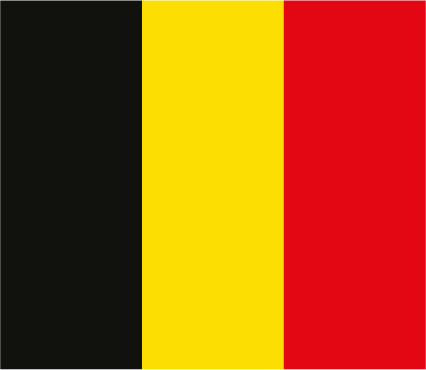
Joined the EU in 1958
Population: 11.8 million
Part of the Schengen area
Currency: EUR
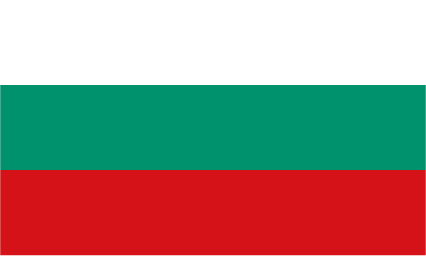
Joined the EU in 2007
Population: 6.4 million
Part of the Schengen area**
Currency: BGN
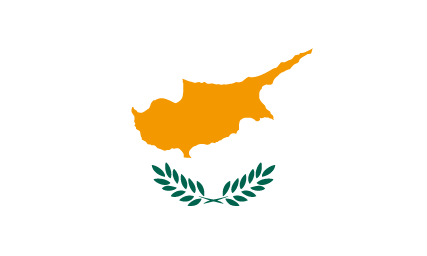
Joined the EU in 2004
Population: 0.9 million
Not part of the Schengen area
Currency: EUR
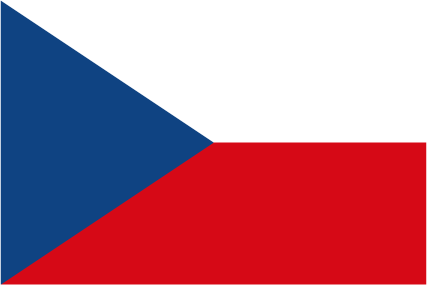
Joined the EU in 2004
Population: 10.9 million
Part of the Schengen area
Currency: CZK
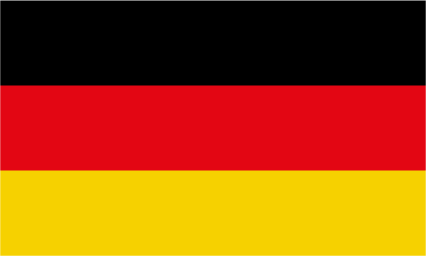
Joined the EU in 1958
Population: 83.4 million
Part of the Schengen area
Currency: EUR
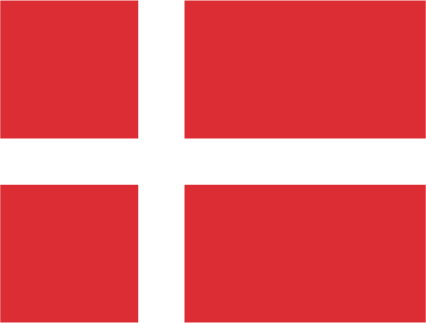
Joined the EU in 1973
Population: 6.0 million
Part of the Schengen area
Currency: DKK
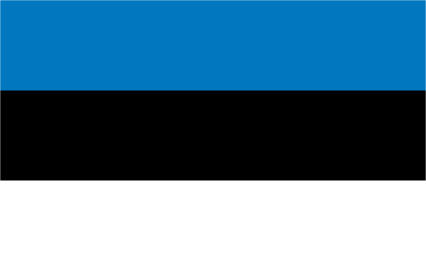
Joined the EU in 2004
Population: 1.4 million
Part of the Schengen area
Currency: EUR
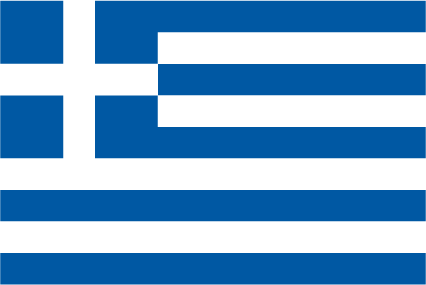
Joined the EU in 1981
Population: 10.4 million
Part of the Schengen area
Currency: EUR
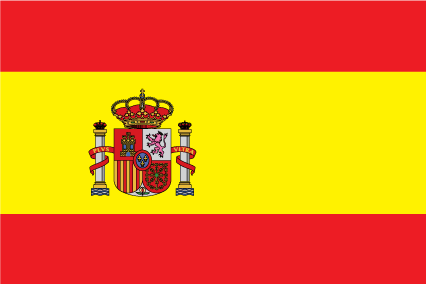
Joined the EU in 1986
Population: 48.6 million
Part of the Schengen area
Currency: EUR
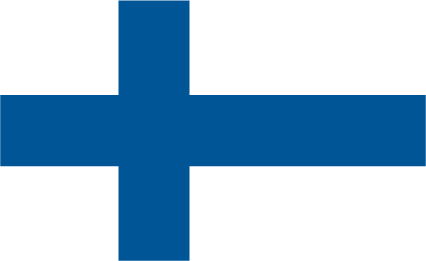
Joined the EU in 1995
Population: 5.6 million
Part of the Schengen area
Currency: EUR
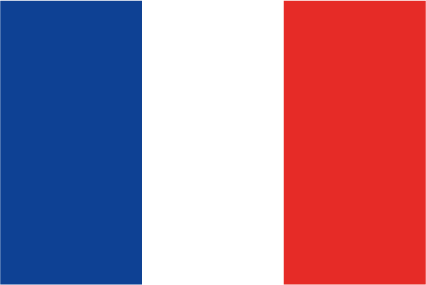
Joined the EU in 1958
Population: 68.4 million
Part of the Schengen area
Currency: EUR
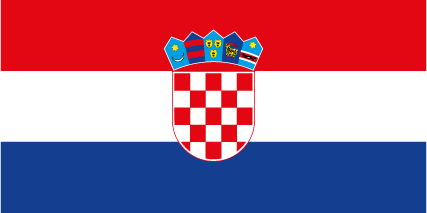
Joined the EU in 2013
Population: 3.9 million
Part of the Schengen area
Currency: EUR
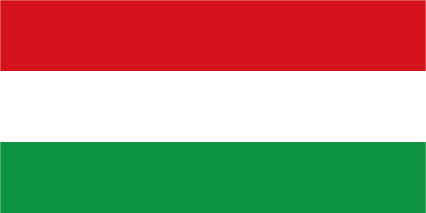
Joined the EU in 2004
Population: 9.6 million
Part of the Schengen area
Currency: HUF
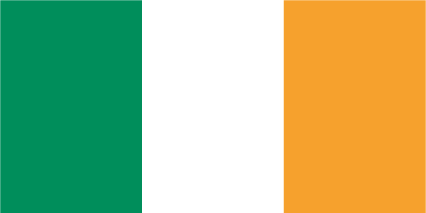
Joined the EU in 1973
Population: 5.3 million
Not part of the Schengen area
Currency: EUR
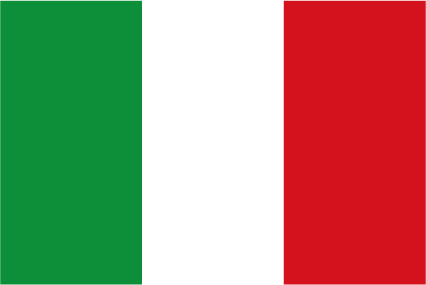
Joined the EU in 1958
Population: 59 million
Part of the Schengen area
Currency: EUR

Joined the EU in 2004
Population: 2.9 million
Part of the Schengen area
Currency: EUR
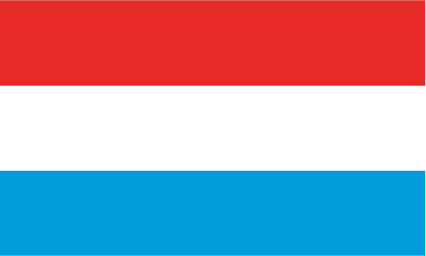
Joined the EU in 1958
Population: 0.7 million
Part of the Schengen area
Currency: EUR
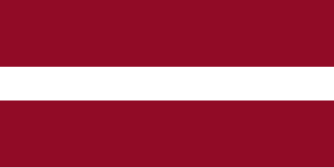
Joined the EU in 2004
Population: 1.9 million
Part of the Schengen area
Currency: EUR
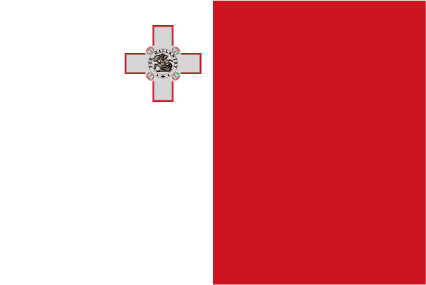
Joined the EU in 2004
Population: 0.6 million
Part of the Schengen area
Currency: EUR
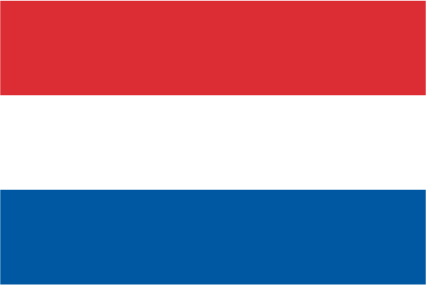
Joined the EU in 1958
Population: 17.9 million
Part of the Schengen area
Currency: EUR
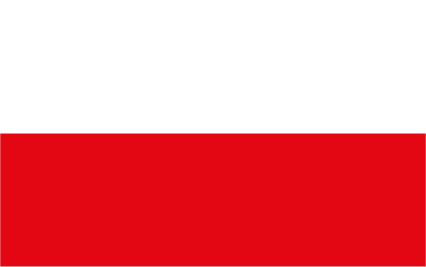
Joined the EU in 2004
Population: 36.6 million
Part of the Schengen area
Currency: PLN
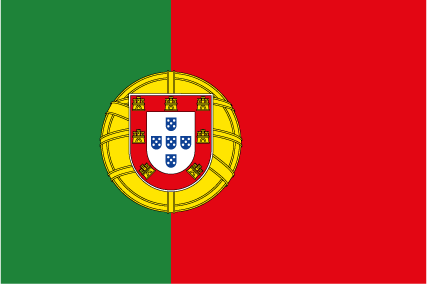
Joined the EU in 1986
Population: 10.6 million
Part of the Schengen area
Currency: EUR

Joined the EU in 2007
Population: 19.1 million
Part of the Schengen area**
Currency: RON
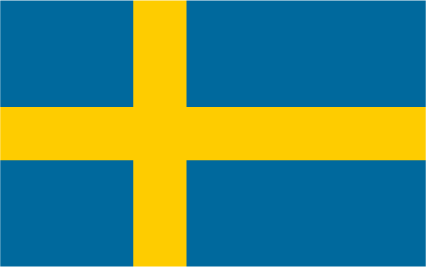
Joined the EU in 1995
Population: 10.6 million
Part of the Schengen area
Currency: SEK
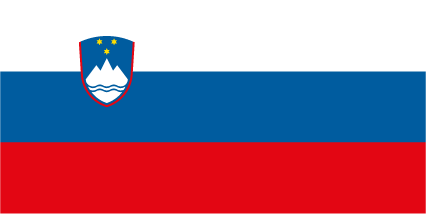
Joined the EU in 2004
Population: 2.1 million
Part of the Schengen area
Currency: EUR
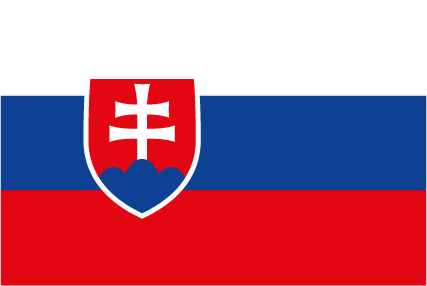
Joined the EU in 2004
Population: 5.4 million
Part of the Schengen area
Currency: EUR
A map of Europe and its outermost regions.
The map shows the Member States of the European Union in continental Europe, along with the overseas regions of France (French Guiana, Guadeloupe, Martinique, Mayotte, Réunion, Saint Martin), the Netherlands (Sint Maarten), Portugal (Azores, Madeira) and Spain (Canary Islands). It also shows the candidate countries (Albania, Bosnia and Herzegovina, Georgia, Moldova, Montenegro, North Macedonia, Serbia, Türkiye, Ukraine) and potential candidate countries (Kosovo).
Austria joined the EU in 1995; it has a population of 9.2 million and uses the euro.
Belgium joined the EU in 1958; it has a population of 11.8 million and uses the euro.
Bulgaria joined the EU in 2007; it has a population of 6.4 million and uses the lev; it is not in the Schengen area.
Croatia joined the EU in 2013; it has a population of 3.9 million and uses the euro.
Cyprus joined the EU in 2004; it has a population of 0.9 million and uses the euro; it is not in the Schengen area.
Czechia joined the EU in 2004; it has a population of 10.9 million and uses the koruna.
Denmark joined the EU in 1973; it has a population of 6.0 million and uses the krone.
Estonia joined the EU in 2004; it has a population of 1.4 million and uses the euro.
Finland joined the EU in 1995; it has a population of 5.6 million and uses the euro.
France joined the EU in 1958; it has a population of 68.4 million and uses the euro.
Germany joined the EU in 1958; it has a population of 83.4 million and uses the euro.
Greece joined the EU in 1981; it has a population of 10.4 million and uses the euro.
Hungary joined the EU in 2004; it has a population of 9.6 million and uses the forint.
Ireland joined the EU in 1973; it has a population of 5.3 million and uses the euro; it is not in the Schengen area.
Italy joined the EU in 1958; it has a population of 59 million and uses the euro.
Latvia joined the EU in 2004; it has a population of 1.9 million and uses the euro.
Lithuania joined the EU in 2004; it has a population of 2.9 million and uses the euro.
Luxembourg joined the EU in 1958; it has a population of 0.7 million and uses the euro.
Malta joined the EU in 2004; it has a population of 0.6 million and uses the euro.
The Netherlands joined the EU in 1958; it has a population of 17.9 million and uses the euro.
Poland joined the EU in 2004; it has a population of 36.6 million and uses the zloty.
Portugal joined the EU in 1986; it has a population of 10.6 million and uses the euro.
Romania joined the EU in 2007; it has a population of 19.1 million and uses the leu; it is not in the Schengen area.
Slovakia joined the EU in 2004; it has a population of 5.4 million and uses the euro.
Slovenia joined the EU in 2004; it has a population of 2.1 million and uses the euro.
Spain joined the EU in 1986; it has a population of 48.6 million and uses the euro.
Sweden joined the EU in 1995; it has a population of 10.6 million and uses the krona.
Total population figures are as of 1 January 2024.
Austria joined the EU in 1995; it has a population of 9.2 million and uses the euro. 2
Austria joined the EU in 1995; it has a population of 9.2 million and uses the euro. 3
Austria joined the EU in 1995; it has a population of 9.2 million and uses the euro. 4
-
9 May 1950The Schuman Declaration. France’s Foreign Minister Robert Schuman proposes to pool coal and steel production so that no single country can make weapons and turn against another.
-
23 July 1952The European Coal and Steel Community is established.
-
25 March 1957The Treaties of Rome are signed by six countries – Belgium, Germany, France, Italy, Luxembourg and the Netherlands. They create a common market, the European Economic Community, from 1 January 1958.
-
30 July 1962The common agricultural policy is launched, helping to safeguard food supplies and supporting farmers and rural areas.
-
1 July 1968Customs duties between the six Member States are abolished.
-
7 to 10 June 1979For the first time, European citizens can vote for who represents them in the European Parliament.
-
15 June 1987The Erasmus student exchange programme is launched.
-
1989The collapse of communism triggers a wave of democratic change across central and eastern Europe.
-
1 January 1993The launch of the single market, where people, goods, services and money can circulate freely.
-
1 November 1993The European Union is created.
-
26 March 1995The Schengen Agreement removes border controls between certain Member States, with 25 of them now enjoying this advantage.
-
1 January 2002Euro notes and coins first appear; they are now used in 20 EU countries.
-
1 April 2012The European citizens’ initiative is launched.
-
10 December 2012The EU is awarded the Nobel Peace Prize.
-
12 December 2015A total of 195 countries, including all the EU Member States, adopt the Paris Agreement on climate change.
-
15 June 2017Roaming charges end.
-
January 2020COVID-19 reaches Europe, sparking the biggest-ever response to a public health emergency in the history of the EU.
-
9 May 2021The Conference on the Future of Europe is launched, giving EU citizens the chance to shape their common future.
-
2022The EU and its international partners condemn Russia’s war of aggression against Ukraine and offer strong political, financial and humanitarian assistance to Ukraine.

Robert Schuman signing the Treaty of Paris establishing the European Coal and Steel Community, Paris, France, 18 April 1951.
From resistance fighters and political leaders to a world-famous actor, find out more about the women and men who inspired the creation of the Europe we live in today.






